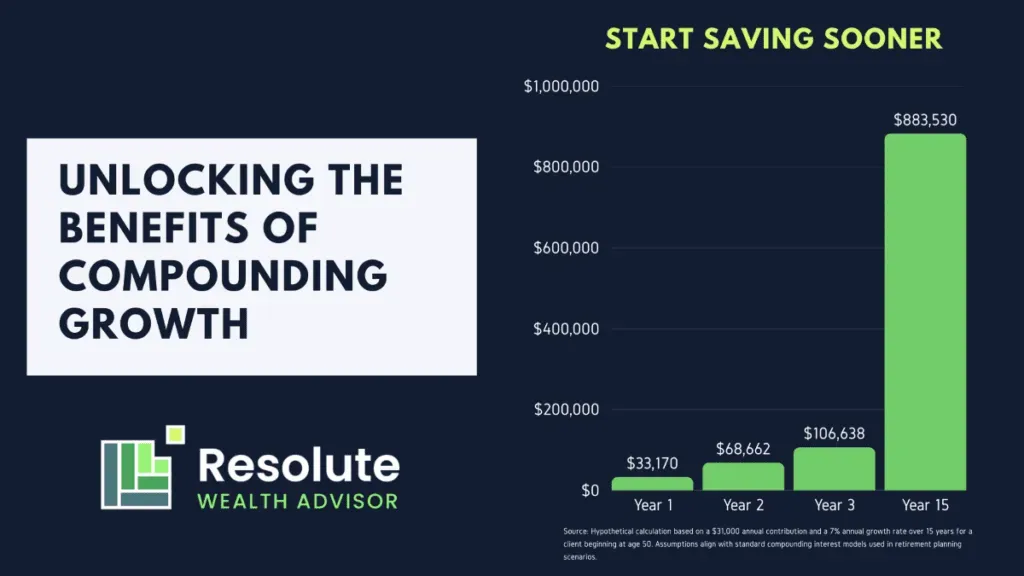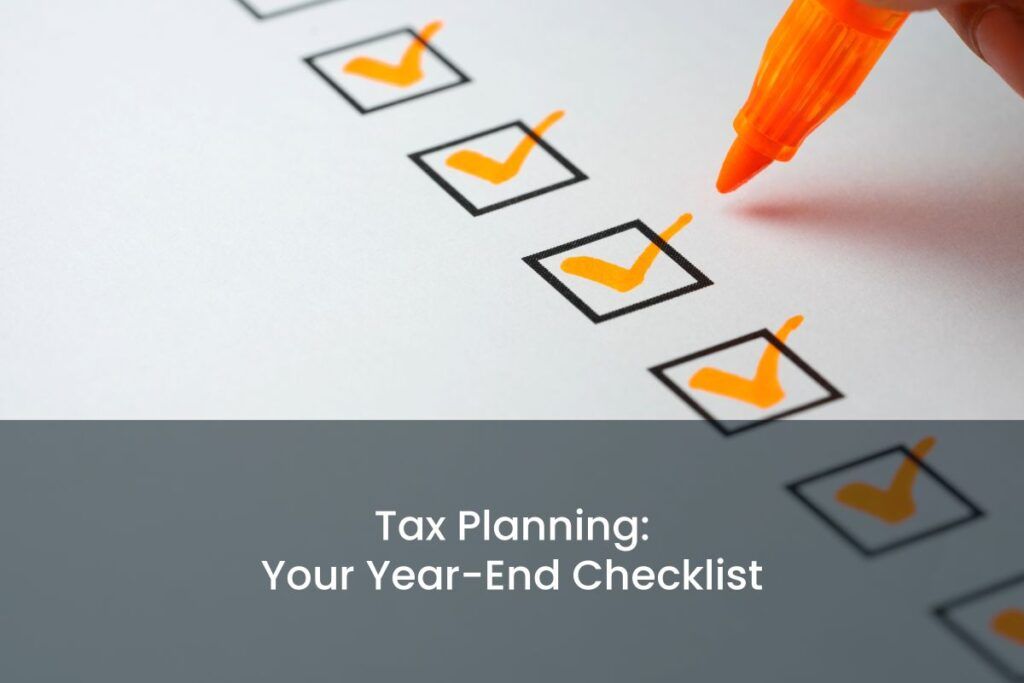Strategic Roth Conversions: A Blueprint to Lowering Your Lifetime Tax Bill
👉 Watch Now: “Strategic Roth Conversions – Turning Theory Into Reality”
In our latest video, Beau Bryant walks through how this planning process plays out in real time:
-
-
-
-
-
-
-
- Identifying the right amount to convert
- Modeling a $35,000 Roth conversion within a tax-efficient bracket
- Projecting the cumulative impact over retirement
- Preparing for IRMAA and preserving legacy through Roth accounts
-
-
-
-
-
-
If you’ve accumulated significant savings in pre-tax retirement accounts—like 401(k)s or traditional IRAs—you’re not alone. These accounts are often the foundation of a successful retirement strategy. But as retirement approaches, they present a new challenge: every dollar withdrawn is taxed as ordinary income, and Required Minimum Distributions (RMDs) can eventually force you to take out more than you need—potentially pushing you into higher tax brackets.
This is where strategic Roth conversions can offer a powerful planning opportunity. When approached thoughtfully, Roth conversions can help you reduce your lifetime tax burden, manage Medicare costs, and enhance the way wealth is passed to the next generation.
What Is a Roth Conversion—And Why It Matters
A Roth conversion involves moving money from a traditional IRA or pre-tax retirement account into a Roth IRA. You’ll pay taxes on the amount converted today, but those dollars will then grow tax-free—and can be withdrawn tax-free in the future.
For some clients, future required minimum distributions would otherwise push them into a higher tax bracket. However, by converting strategically in lower-income years or early in retirement, you can take control of your tax outcome and can lower your lifetime tax bill.
But Roth conversions aren’t one-size-fits-all. Getting it right requires careful planning, detailed projections, and a personalized strategy.
Precision Planning: How Much and When
One of the most common questions we hear is: “How much should I convert—and when?”
That’s where our planning process comes in. At Resolute, we use advanced tools to:
- Forecast your income, deductions, and Social Security timing
- Model various Roth conversion strategies across multiple tax years
- Identify opportunities to convert without crossing into a higher bracket
Let’s say your plan shows that converting $35,000 this year allows you to stay within the 12% federal tax bracket. We don’t just make a recommendation—we run the numbers. We’ll show you how that conversion is projected to affect your taxable income, your projected tax liability, and your overall plan.
We also project the long-term impact of these conversions. Over time, we can quantify your total tax savings and demonstrate the value of a multi-year conversion strategy. We help clients understand the trade-offs, plan for the tax bill, and see the benefits clearly.
Planning With IRMAA in Mind
Tax brackets aren’t the only thresholds that matter. Many people overlook IRMAA—the income-based adjustment that can increase your Medicare premiums.
We’re always mindful of your Modified Adjusted Gross Income (MAGI) and coordinate with our client’s tax advisors to help solidify recommendations related to Roth conversions as opportunities arise in retirement. A well-timed conversion can help you stay within the desired IRMAA tier and avoid unnecessary increases in Medicare Part B and D premiums.
In this way, we’re not just optimizing taxes—we’re optimizing total out-of-pocket retirement costs.
Tax-Free Flexibility and the Five-Year Rule
Beyond reducing future RMDs, Roth IRAs offer another valuable benefit: flexibility.
Withdrawals from Roth IRAs are tax-free, provided the account has been open for at least five years and the owner is age 59½ or older. That means once these conditions are met, Roth assets become a valuable source of cash flow—especially when a large purchase or emergency expense arises.
Instead of pulling from a traditional IRA and inflating your taxable income, you can access your Roth IRA tax-free. That ability to control when and how you recognize income can help smooth your tax brackets and protect other benefits like capital gains treatment or ACA subsidies.
This flexibility becomes even more powerful later in retirement, when income planning is more nuanced and tax-sensitive.
Roth Conversions and Your Legacy
Roth IRAs also play a meaningful role in estate planning. Under current law, non-spouse beneficiaries (like adult children) must fully distribute inherited retirement accounts within 10 years.
If those inherited assets are from a traditional IRA, those withdrawals are taxable. But if they inherit a Roth IRA, the distributions are tax-free.
That means more of your wealth stays intact—and compounds—for your loved ones. By converting assets during your lifetime, you’re potentially lowering your own tax bill while setting your family up for greater long-term success.
Turning Strategy Into Action
Understanding that a Roth conversion “makes sense” is only part of the equation. Many people hesitate because of the upfront tax bill or uncertainty about how it affects their broader plan.
That’s why we go further than just offering advice. At Resolute, we:
- Build projections that show the impact on after-tax income, cash flow, and Medicare premiums
- Walk through what your year-end tax return is projected to look like
- Coordinate with your CPA or tax professional to ensure smooth execution
We turn strategy into action, and we focus on this area of our clients’ financial plans every year.
Why Small, Smart Moves Multiply Over Time
The impact of Roth conversions isn’t always immediate—but over time, it’s measurable.
- Each year’s conversion helps reduce future RMDs
- Taxable income becomes more predictable and controllable
- Your Roth assets grow tax-free, enhancing your flexibility and legacy
- Your beneficiaries inherit more, and pay less
With consistent implementation, small decisions today can lead to substantial financial advantages tomorrow.
Let’s Explore What’s Possible
If you’re wondering whether Roth conversions could benefit your plan, we’d be glad to walk through it with you. Our process is detailed, personalized, and designed to fit your goals.
Your family. Your legacy. With a plan designed just for you.
Schedule a conversation with our team at resoluteadvisor.com and take the next step toward tax-efficient retirement and wealth transfer planning.







